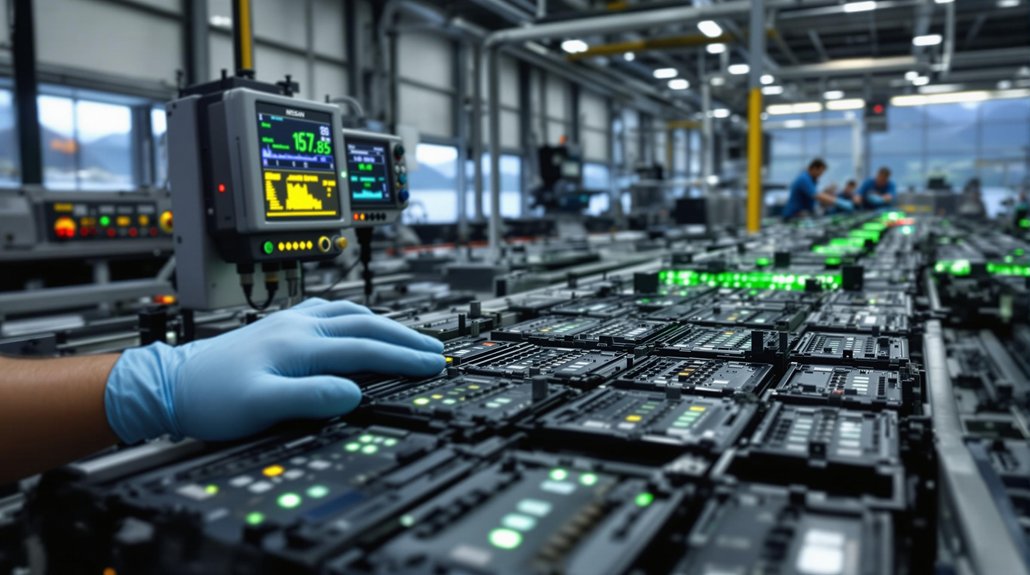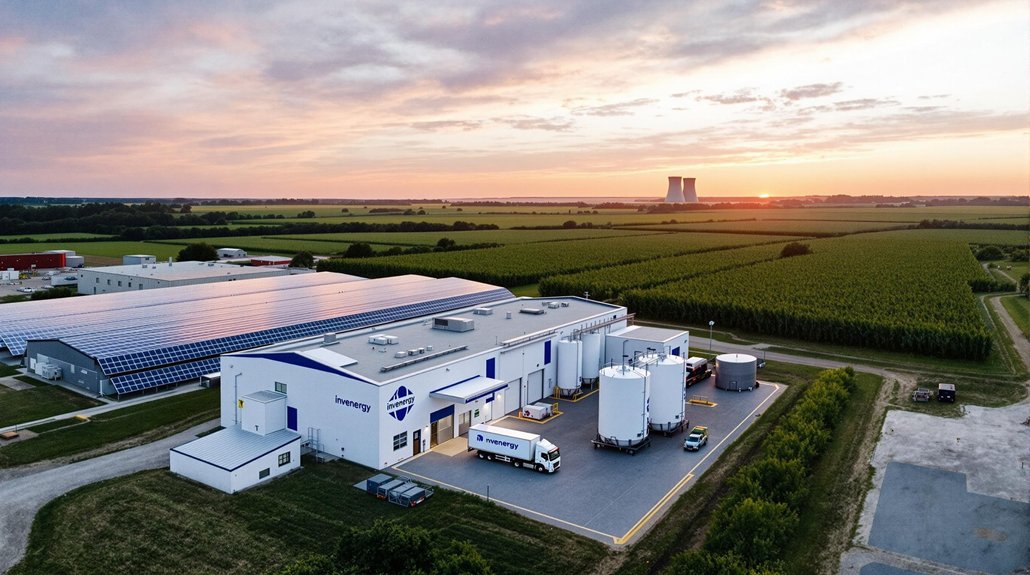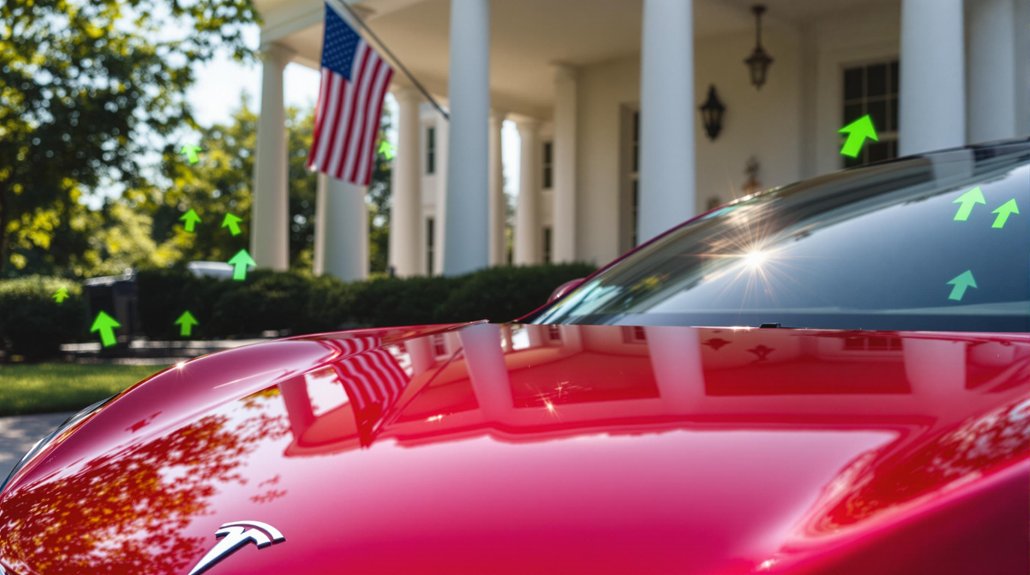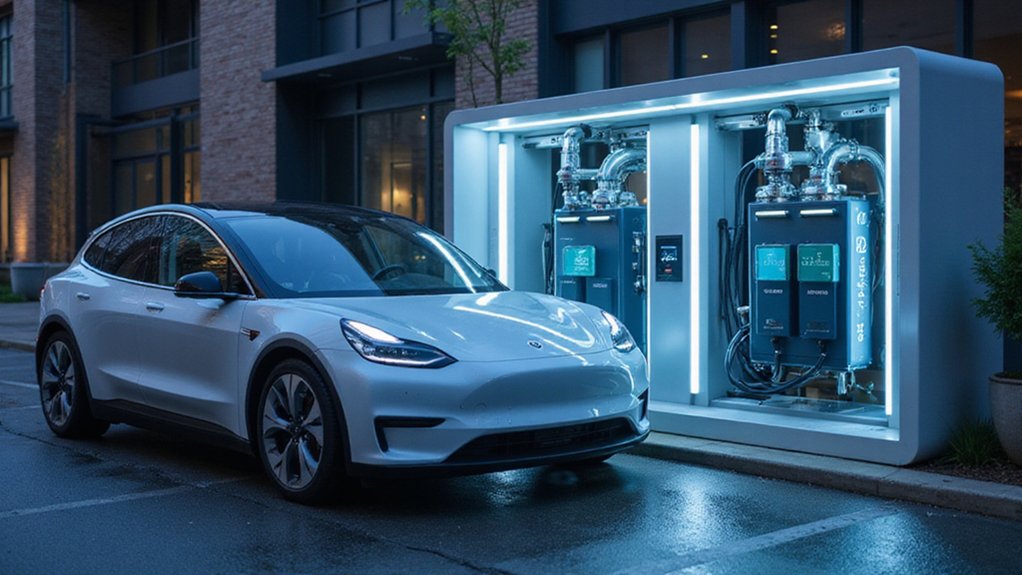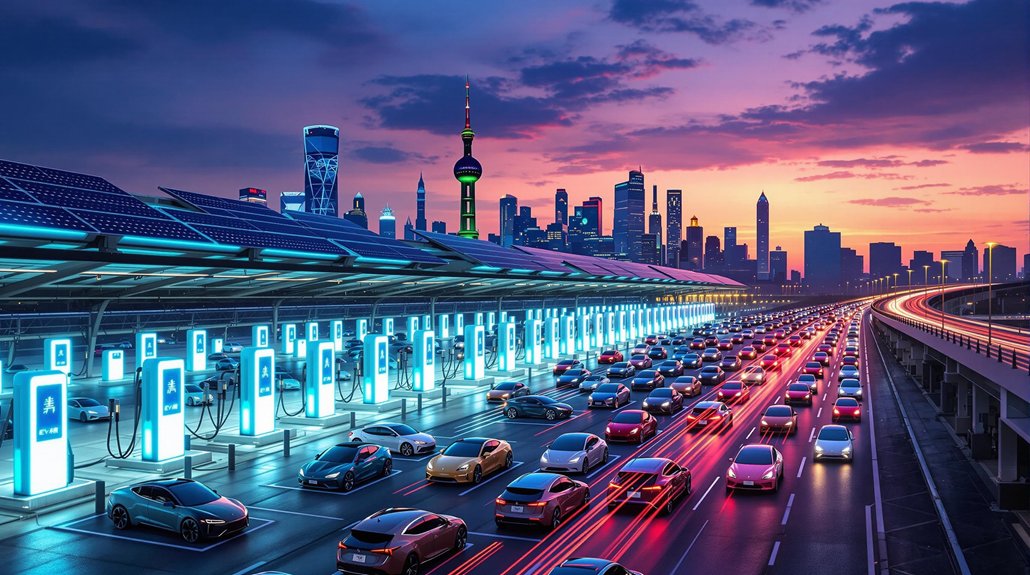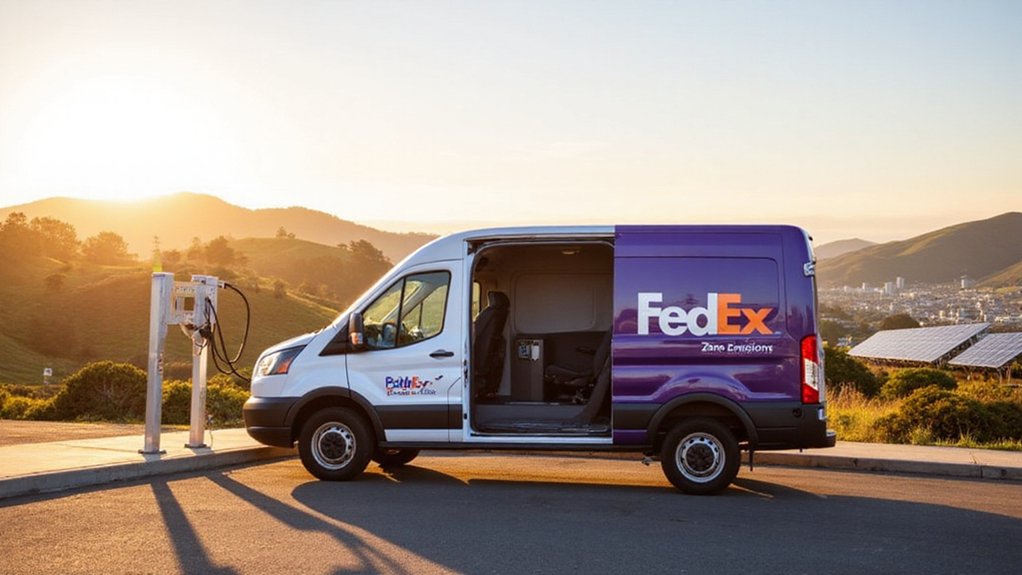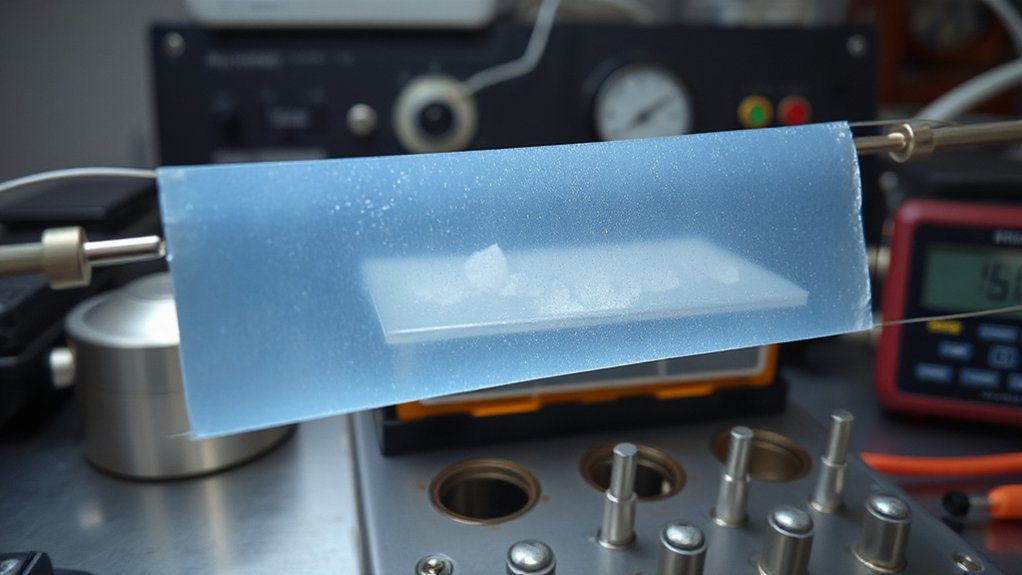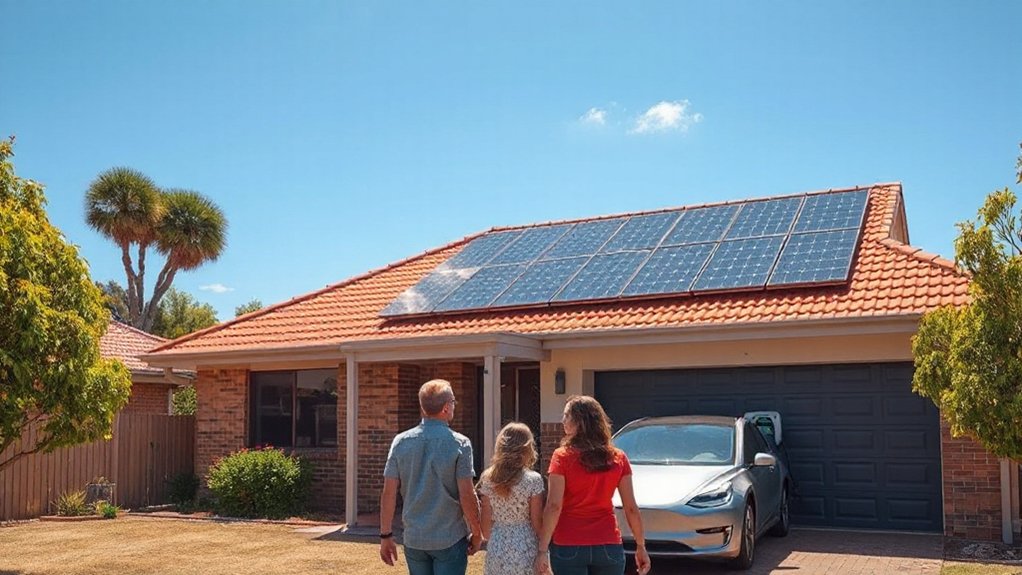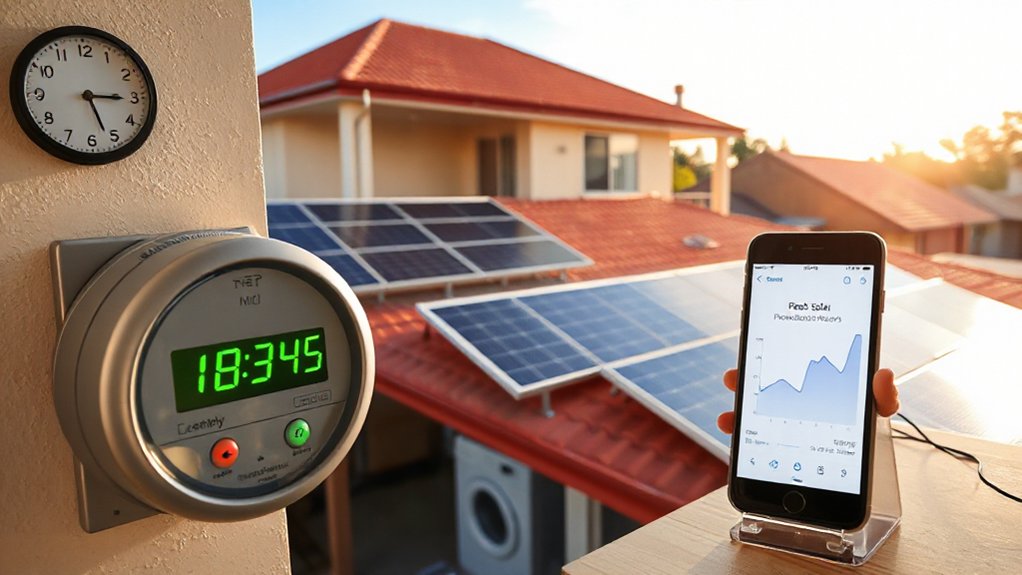Norway’s EV revolution just got better. Nissan and Stena Recycling opened a facility near Oslo that gives “dead” batteries another shot. The tech processes 8,000 car batteries yearly, proving degraded power cells can function 10-15 more years. Who knew your LEAF’s battery isn’t actually “dead” when it dies? AI algorithms assess battery health with scary accuracy. This partnership isn’t just green—it’s creating new value chains while making EVs cheaper to own.
Every single electric vehicle on the road today faces an inevitable fate—battery degradation. But what if that weren’t the end of the story? In Norway, Nissan and Stena Recycling are flipping the script on “dead” EV batteries, and it’s about time somebody did.
The partnership has launched a cutting-edge facility near Oslo that’s anything but ordinary. This isn’t your grandfather’s recycling plant. Located in Ausenfjellet, the facility can process a whopping 3,000 tons of high-voltage batteries annually—that’s roughly 6,000 to 8,000 electric car batteries no longer destined for the scrap heap. Let that sink in.
With over 80,000 Nissan LEAFs cruising Norwegian roads, the timing couldn’t be better. These seemingly exhausted power cells still have plenty of juice—enough for another 10 to 15 years of use. Who knew? The Norwegians, apparently.
Norway isn’t just driving EVs—they’re revolutionizing what happens when the batteries “die.” Turns out, there’s plenty of life left after the dashboard goes dark.
The secret sauce? AI algorithms that assess battery health with precision that would make a Swiss watchmaker jealous. Then comes the innovative disassembly and diagnostic methods. It’s not rocket science, but it’s close.
This isn’t just good for tree-huggers and polar bears. The economic benefits are substantial. New value chains. Reduced ownership costs. End-of-life return on investment. The boring business stuff that actually matters.
Norway, already Europe’s EV poster child, is doubling down on its carbon neutrality ambitions. Nissan, meanwhile, sees this as a stepping stone toward its 2050 green objectives. Convenient when saving the planet aligns with corporate goals, isn’t it?
The implications stretch beyond Norway’s borders. Think renewable energy grids. New storage solutions. A blueprint for other countries to follow. Because let’s face it—we can’t keep mining raw materials forever. This approach aligns perfectly with the smart grid technologies that are revolutionizing how renewable energy is distributed and stored.
The future of EV batteries isn’t in landfills. It’s in places like Ausenfjellet, where yesterday’s technology powers tomorrow’s innovation. The initiative is a perfect example of the circular economy model transforming our perception of waste into valuable resources. The collaboration with technology company EV HUB ensures complete value chain for electric car battery reuse and recycling. Dead batteries? Not anymore. Just batteries waiting for their second act.
